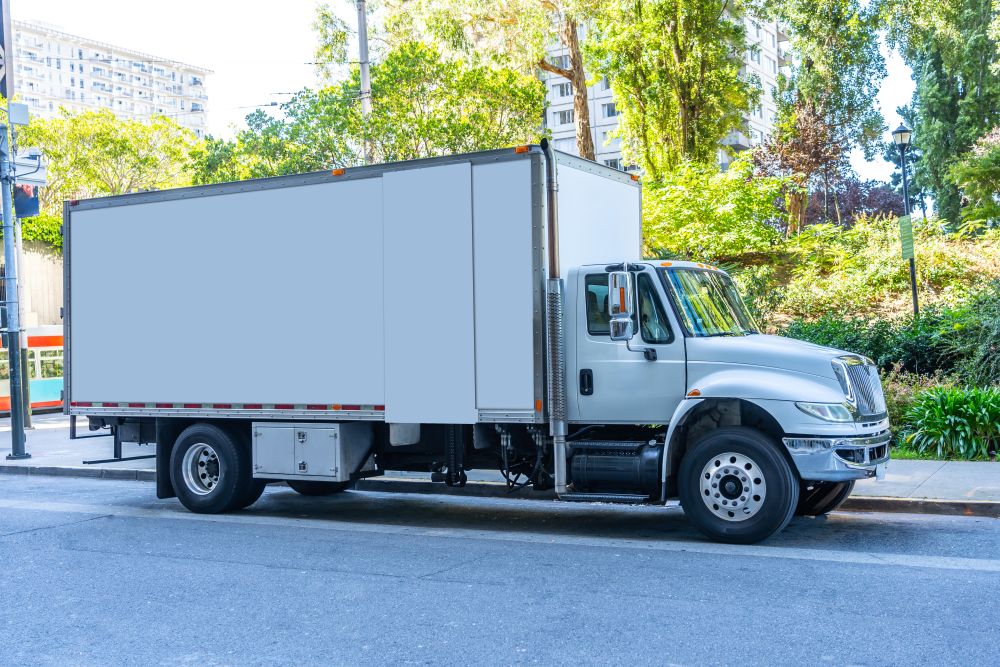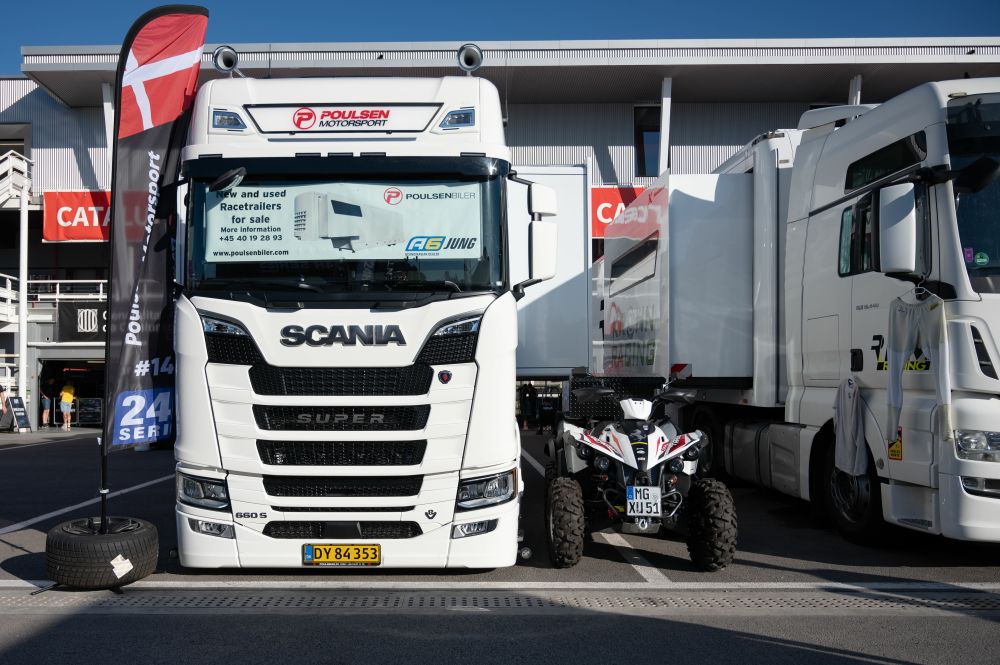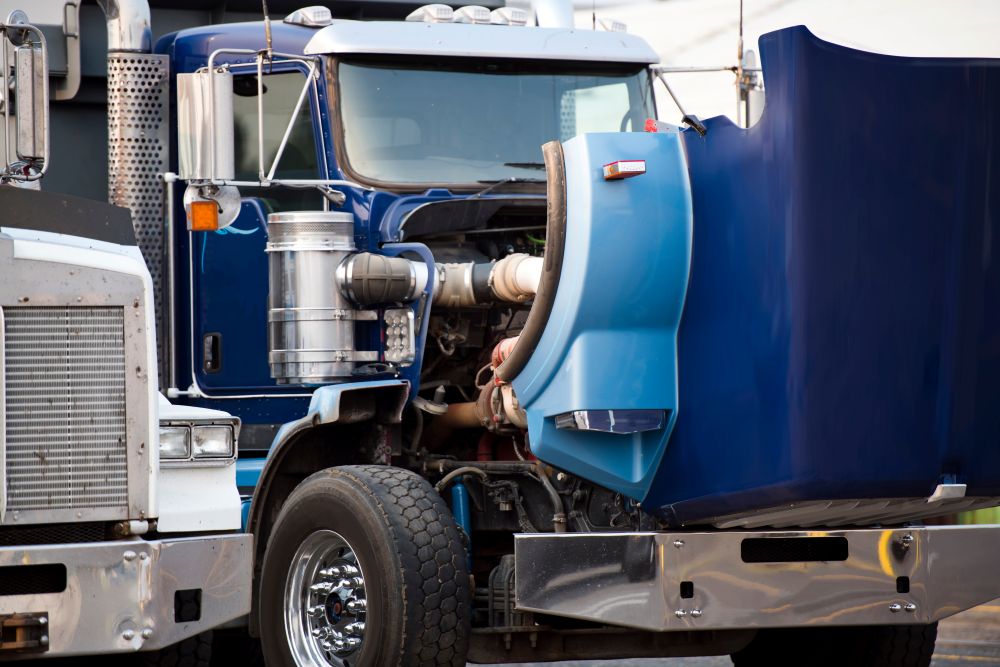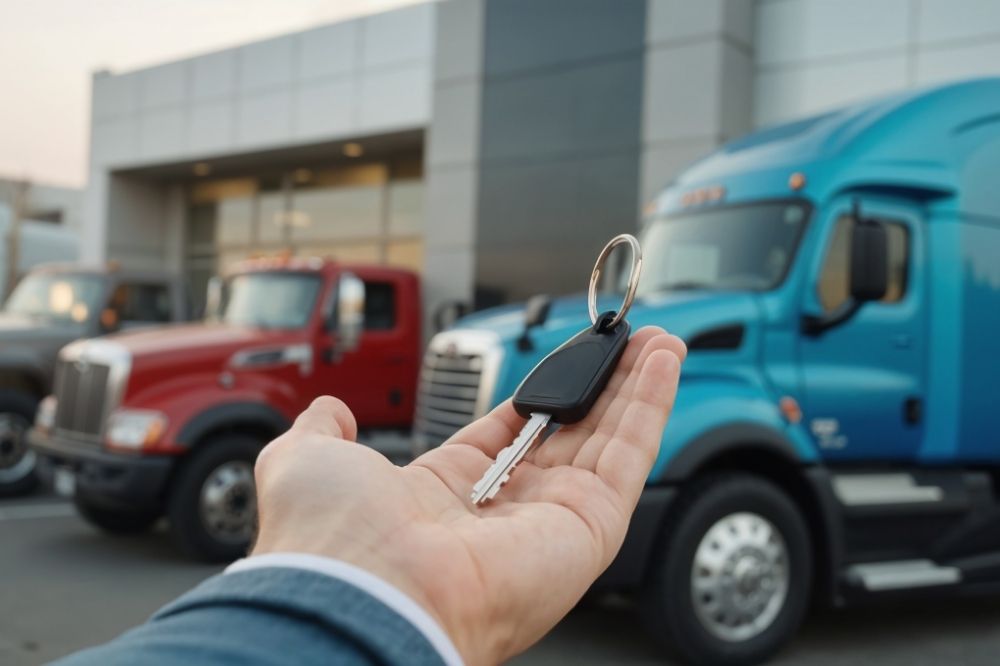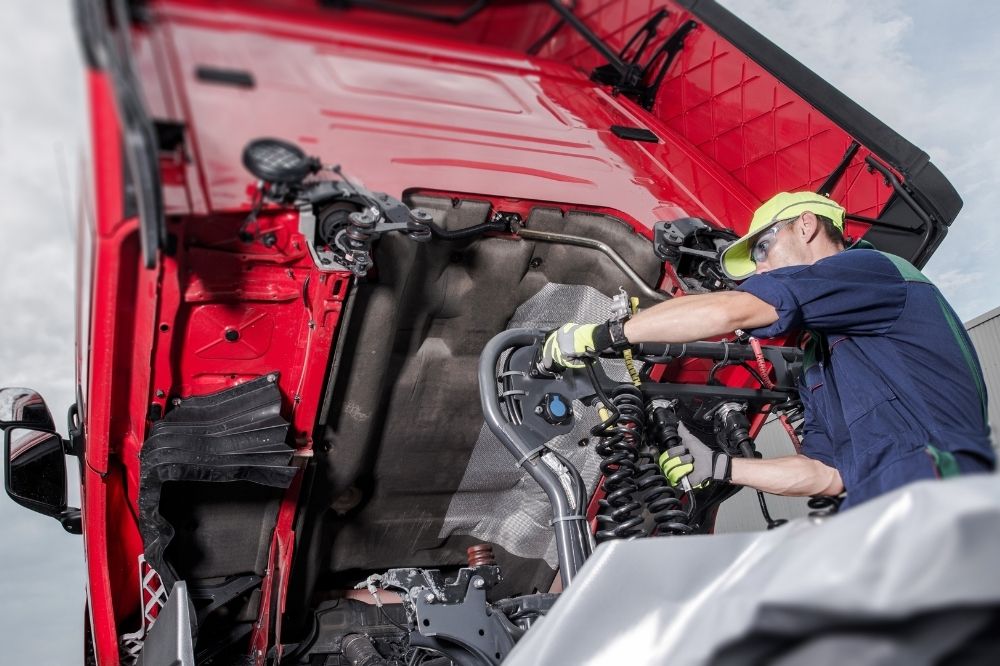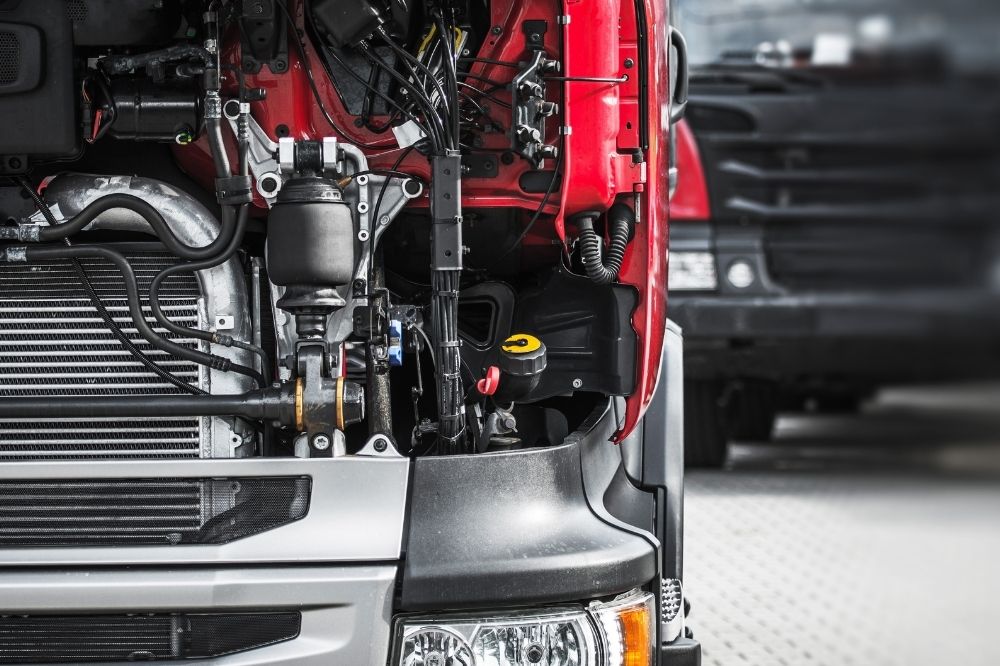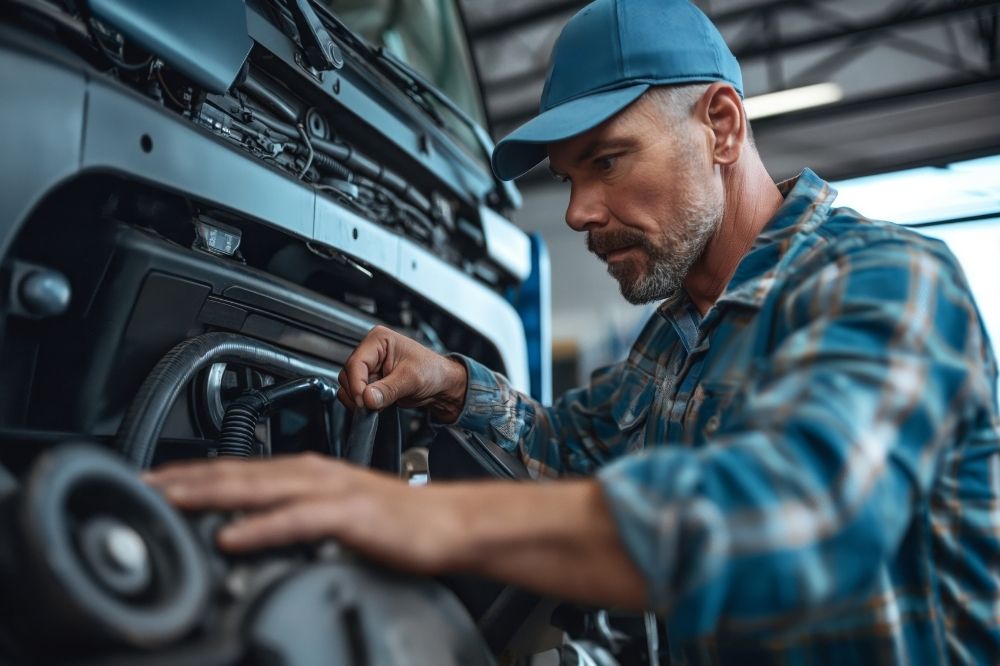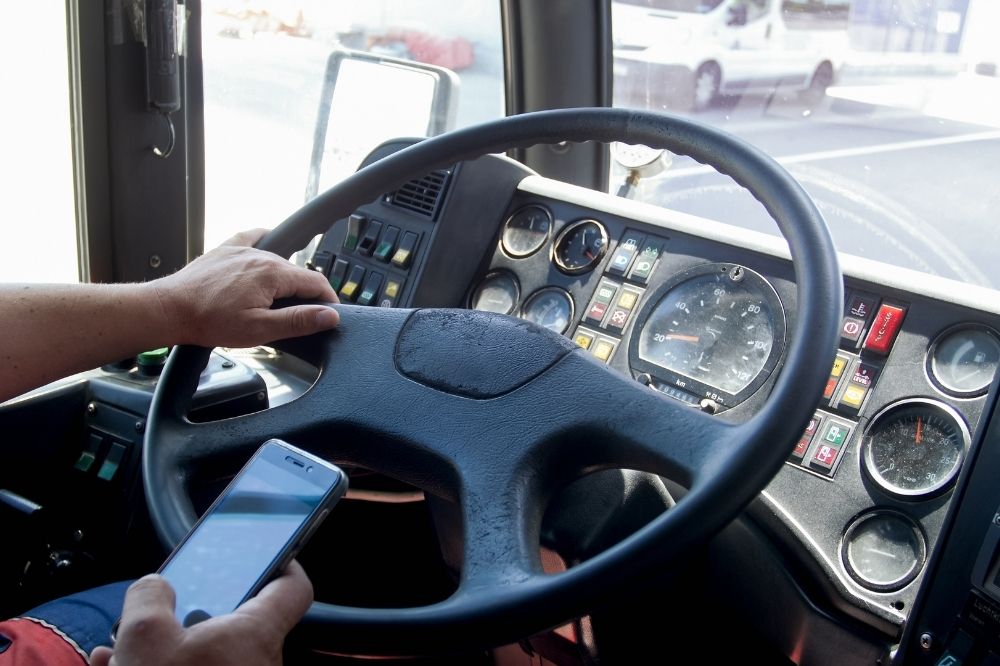
The trucking industry supports over 8.5 million jobs, and not all of them require being behind the wheel. If you’re passionate about the industry but don’t yet have a commercial driver’s license, there are plenty of rewarding non-driving career paths to explore.
From administrative roles in trucking companies to warehouse operations and IT positions, the industry offers diverse opportunities to get your foot in the door and build a successful career. Below, we’ll highlight some of the most lucrative non-driving trucking jobs to help you turn your passion into a profitable future.
10 Non-Driving Jobs in the Trucking Industry
Non-driving jobs in the trucking industry can be divided into two main categories: technical and non-technical roles.
Technical positions focus on working with computer systems used for tracking shipments, managing billing, and other technology-driven tasks. On the other hand, non-technical positions include general office work, warehouse operations, and logistics management.
Here are some of the most common non-driving jobs to consider. We’ve also included each position’s average annual salary estimates to help you weigh opportunities that match your financial goals.
1. Billing Clerks
Billing clerks in trucking companies are responsible for the business’s incoming cash flow. In this role, you’ll manage customer accounts and handle invoice preparation, processing, and mailing. You’ll also handle billing issues to ensure payments are made on time.
The role also involves data entry and dealing with paperwork or digital information related to customer deliveries. It might include interacting with customers through phone calls or answering emails. On average, you’ll earn about $42,000 annually as a billing clerk.

2. Warehouse Specialists
Warehouse specialists receive and process incoming or outgoing goods and materials. They focus on loading and unloading trucks, and some of their duties include:
- Picking goods from distribution centers and ferrying them to the shipping bay for loading
- Receiving merchandise for delivery or return and verifying against the purchase order, ensuring its content is accurate and undamaged
- Counting and stocking goods based on the inventory’s control log
- Identifying damaged, lost, or missing items, and notifying the supervisor, and more.
You may have to operate a forklift and other warehouse equipment to perform some of the duties above, but it’s nothing to worry about. Most trucking companies offer specialized training on using the required warehouse equipment.
A warehouse specialist differs from a warehouse lead, who takes a more supervisory role. As a warehouse lead, you’ll be responsible for a team of specialists, assigning tasks, enforcing safety protocols, and ensuring smooth operations.
Both roles pay well, although the warehouse lead makes more (about $49,660 annually), whereas the national average salary for warehouse specialists is about $45,956 annually.
3. Dispatchers
Also known as fleet managers, dispatchers are in charge of the daily workings of a trucking company’s fleet. In this capacity, your key responsibilities will include:
- Coordinating routes
- Ensuring truck drivers comply with trucking schedules and regulations
- Handling new drivers and making sure they understand company procedures and policies
You may also have to handle logistics, including tracking shipments, updating warehouse leads as required, and dealing with unexpected issues when truckers are on the road. Dispatcher salaries range between $43,729 and $56,850 per year.

4. Safety Compliance Officers
Safety compliance officers ensure all employees are safe on the company premises and the road. They enforce truck company and state safety regulations to ensure no one gets harmed while on the job. This includes:
- Tracking driver hours to ensure all truckers comply with the Federal Motor Carrier Safety Administration (FMCSA)’s hours of service regulations.
- Checking driver licensing and mechanic certifications
- Double-checking that all trucks are safe for operation
You’ll earn around $98,949 annually as a safety compliance officer.
5. Truck Driver Trainers
As a truck driver trainer, you won’t work for trucking companies but for Commercial Driver’s License (CDL) training schools. The role involves teaching aspiring truck drivers how to operate a commercial vehicle safely, including how to
- Load and unload a large truck
- Use a compression brake the right way, etc.
This position pays about $57,131 annually, but you’ll need a commercial driver’s license to qualify. If you don’t have one, consider the other non-cdl jobs on our list.
6. Human Resources Managers
Human resource managers ensure compliance with all federal trucking laws regarding employees and develop company policies. They also create activities or events that promote collaboration and foster a healthy company culture. Some of your responsibilities as a human resource manager in the trucking industry will include:
- Performing background checks and hiring new drivers plus other team members
- Processing paperwork on pay and other employee benefits
- Address employee needs and concerns
If you become a human resource manager, you’ll earn approximately $83,685 (on average) yearly.

7. Fleet Technicians
Every trucking company requires a fleet technician to keep their vehicles moving and equipment in good shape. You’ll service the trucks after trips, ensuring they meet all federal and state safety regulations before they’re back in operation. Doing this involves several duties, such as:
- Carrying out routine inspections, repairs, and maintenance on diesel tractors following OEM guidelines
- Conducting all scheduled and necessary preventative maintenance services on the fleet
- Diagnosing and replacing exterior engine parts
- Installing and working with various types of the required in-cab electronic equipment
- Completing the Department of Transportation (DOT) outbound truck inspections to confirm repairs take place as required
You’ll earn over $54,504 in this role and have room to increase your ranks from level 1 to 2 and higher. The higher you rise through the ranks, the more you’ll earn.
8. Porters
Porters in the trucking industry are responsible for the basic upkeep of the vehicles. They clean the truck’s interior and exterior while performing routine checks to ensure the trucks are ready for operation. Some essential duties include:
- Removing debris, spills, dirt, and trash from the carb plus cargo area
- Checking tread depth and tire pressure
- Conducting fluid level checks, monitoring the levels of oil, coolant, and windshield washer fluid
- Inspecting essential truck components, such as lights and wipers
- Carrying out general pre-trip inspections before the vehicle leaves the yard and reporting any maintenance issues to mechanics
For this role, you’ll earn an average annual salary of $31,944 (or more).
9. Transportation Supervisors
Transportation supervisors oversee the entire company’s transportation system. They make strategic decisions regarding scheduling drivers, assigning routes, resource allocation, managing vehicle maintenance, and promoting compliance with regulations.
This differs from a dispatcher’s job description, which mainly focuses on monitoring individual deliveries and driver activity. On average, transportation supervisors make about $67,761 per year.

10. Software Developers in Trucking
Software development is likely the most rewarding non-driving job in the trucking industry. With a national average salary of $124,010 annually, software developers offer technical support to different departments or team members, including office workers and truck drivers.
Besides developing and maintaining the electronic logging plus other automated systems, they can create customized software for billing, scheduling, and tracking shipments for various trucking companies.
Skills Required for Non-Driving Jobs
To succeed in non-driving roles within the transportation industry, you’ll need a combination of technical knowledge, organizational abilities, and communication skills. Below are some of the top skills that can help you excel and build a thriving career in the field:
Communication Skills: Clear verbal and written communication is essential for collaborating with colleagues and providing excellent customer service, especially in roles like billing clerks and human resources.
Problem-Solving Abilities: Finding solutions to issues arising in real-time is crucial for almost all non-driving jobs. But it will especially come in handy if you’re a transportation supervisor, dispatcher, fleet technician, or human resource manager since these roles require you to solve unexpected challenges often.
Technical Proficiency: Technical proficiency is vital for jobs that require you to use various systems. A few of these skills may include basic computer knowledge such as crafting and sending business emails, using spreadsheets, or any other relevant software based on the job.
Organizational Skills: Time management and organization are key for warehouse leads, transportation supervisors, and dispatchers to ensure deliveries happen on schedule without costly delays.
Industry Knowledge: The correct industry knowledge is crucial for various jobs. For example, if you choose to become a safety compliance officer, you must have exceptional knowledge of trucking laws and regulations to execute your duties effectively. The same goes for a fleet technician. You require an adequate grasp of commercial motor vehicle functionality to carry out your duties.

Pathways to Entering Non-Driving Roles
Most non-driving jobs in the trucking industry are easy to break into with the right skills and dedication. With the abilities listed above and a strong work ethic, you can qualify for many roles. However, positions like human resource management and software development may require additional certifications or education.
To boost your chances and access a wider range of non-driving opportunities, consider the following pathways:
Educational Requirements
A two-to-four-year degree or higher education credentials can set you apart and increase your chances of landing high-paying roles. For instance, a degree in human resources or relevant experience can make you a strong candidate for HR positions in most trucking companies.
Certifications and Training Programs
Participating in certifications and other training programs in the industry can also increase your chances of getting various roles. You’ll become familiar with the trucking industry terminology, concepts, regulations, and skills that can help you perform different duties better.
Examples of training programs to consider include DOT certification, brake certification, and OSHA tire training if you want to become a fleet technician.
Networking Opportunities
Networking and developing good relationships with industry stakeholders will help you access more opportunities within the industry and grow your career. One proven way to network is to attend industry events. Visit our company news and events section frequently for updates on upcoming trucking events you can attend to start building your network.
Conclusion
The trucking and transportation industry offers a wide range of non-driving career opportunities beyond what many realize. We’ve highlighted several options to help you take the first step toward building a successful career in this dynamic field.
For more insights on the trucking industry and tips on advancing your career, explore our blog. If you’re considering becoming an independent owner-operator, give us a call. We offer affordable commercial vehicle loans tailored to your financial needs, making it easier to purchase your first truck and kickstart your journey with confidence.




